Introduction
Berlin is full of cheap (and free) museums covering all topics of interest. The German capital had a fascinating recent history, making it a top destination for an educational experience. It is possible to visit some of Berlin’s most popular museums without spending a single euro! In this article, I explain my favorite museums, while providing a brief preview on what you can expect on your visit. Follow this guide to help you decide which cheap museums to visit when planning your budget travel to Berlin!
What to expect from Berlin museums
Berlin museums range heavily on length, mood, and topic. Almost every one of the museums are extensive and require at least 2 hours. It is not necessary to reserve tickets online to any of the museums on the following list, other than the crowded Pergamon Museum. Generally, ticket prices are not cheaper online.
You will likely be told to stash your bag before going into an exhibit. I recommend bringing a €1 coin, as you will need it to use one of the free lockers.
Almost every museum on this list offers an audio guide. To get a full immersive experience, an audio guide makes a huge difference.
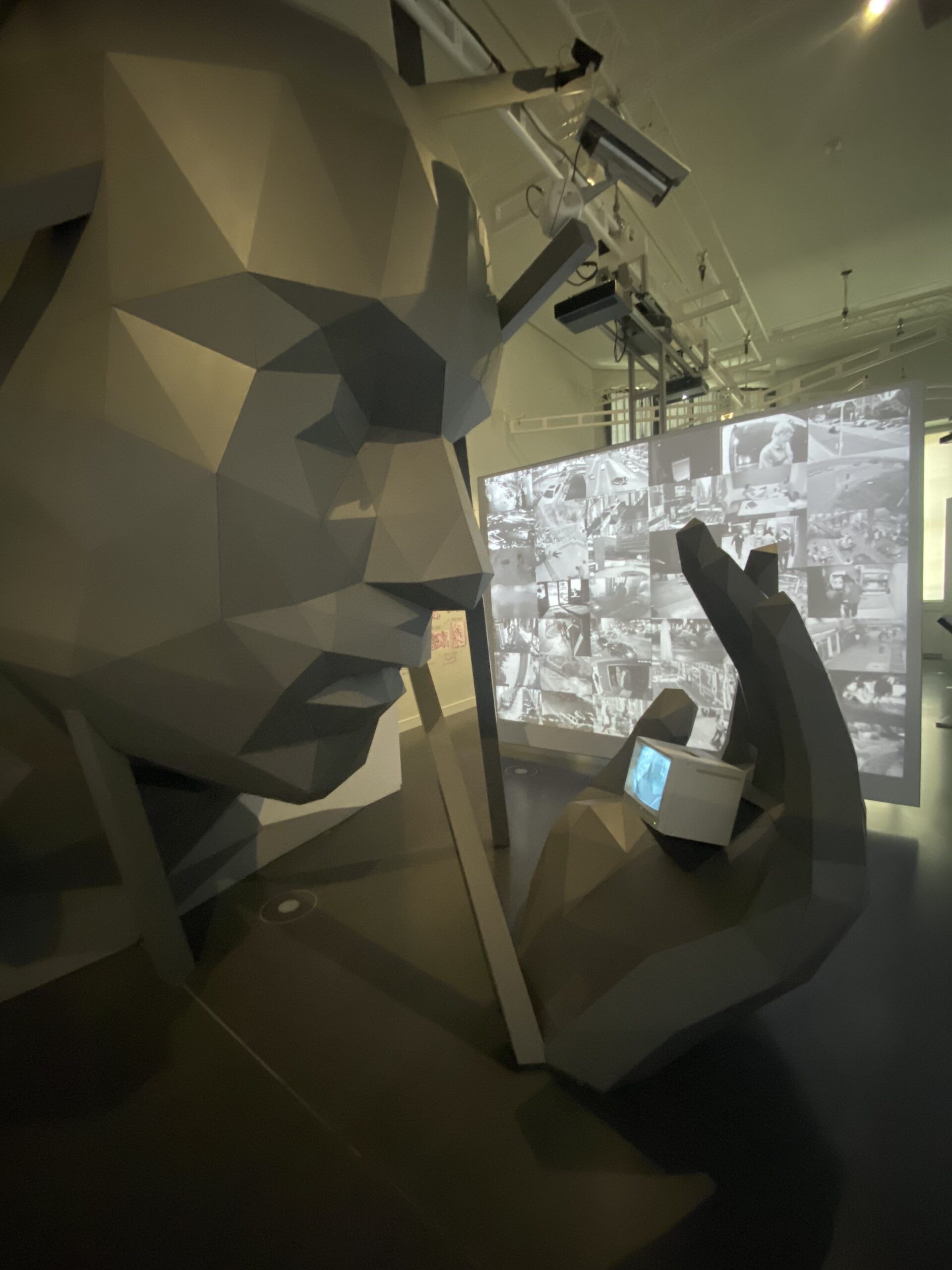
Top cheap (or free) museums in Berlin
Below is a list of cheap (or free) museums that I visited while I stayed in Berlin for 3 months. As I was on a budget, I sought value over popularity. Below I will give you tips on the specific museum, along with some of my favorite parts of each.
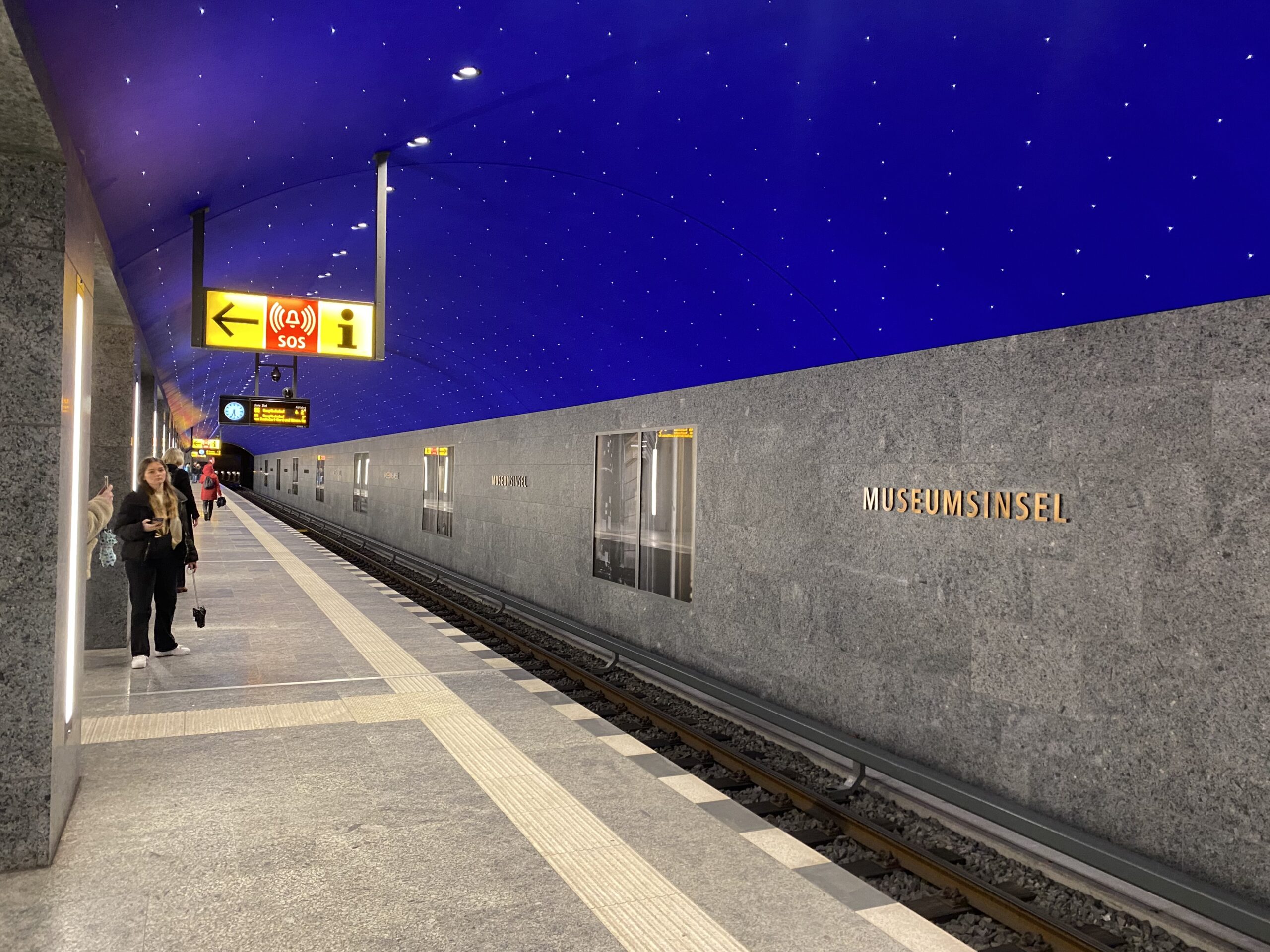
Humbold Forum
The Humboldt Forum is a large museum with dozens of exhibits and events both permanent and temporary. It is one of the best free museums in Berlin, as many of the exhibits are either free or cheap. and are always free for students. I recommend checking out the available exhibitions for the day you are visiting via the Humboldt Forum’s website!
Berlin Global
Berlin Global is a neat permanent exhibition. As a student, I got in for free, but otherwise it is €6. Expect to spend about 1.5 hours here. The museum acts as a city museum, but in an interactive manner. When you enter, an employee will give you a wristband and instructions for the exhibit.
When you enter each room, you make a decision based on your morals and beliefs. At the end of the exhibit, you will turn your wristband into an evaluation based on your decisions throughout the time in the exhibit. A computer will print a card that rates your decisions based on freedom, equality, security, and tradition. The whole idea of this is that Berlin had to make some tough decisions through their history, and the exhibit tries to highlight the complexity of those choices.
The exhibit starts in the 1870s, giving various illustrations of how Berlin influenced the world. It covers loads of topics like clothing, borders, immigration, and even a silent disco.
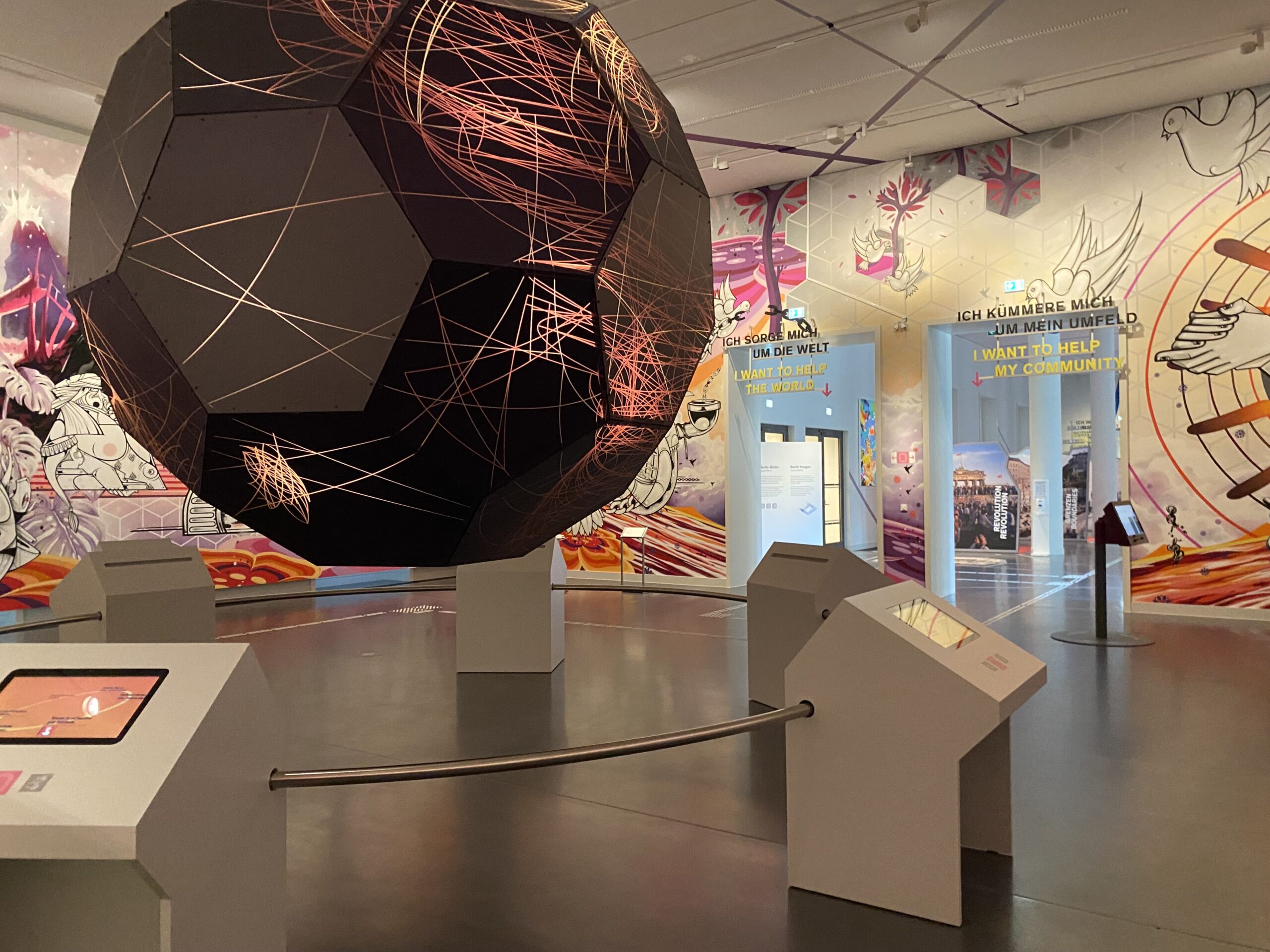
Nach die Natur
Nach die Natur (After nature) exhibit is completely free . The exhibit acts as a display case for the brilliant minds at Humboldt University and their studies. It is broken into 3 sections: a research wall, display objects, and archives from the University. I recommend giving yourself a little bit over an hour for the exhibit.
The first section of the exhibit brings you into a blue-colored room with 8 different screens explaining various theories within nature. It focuses on how we, as humans, can harvest the power of nature for our own benefit. Next, there is a large room with more than 40 (estimate) glass boxes hanging from the ceiling. Each box contains a different research topic. This is a cool place for someone who wants to learn a little bit about everything that is going on at Humboldt University.
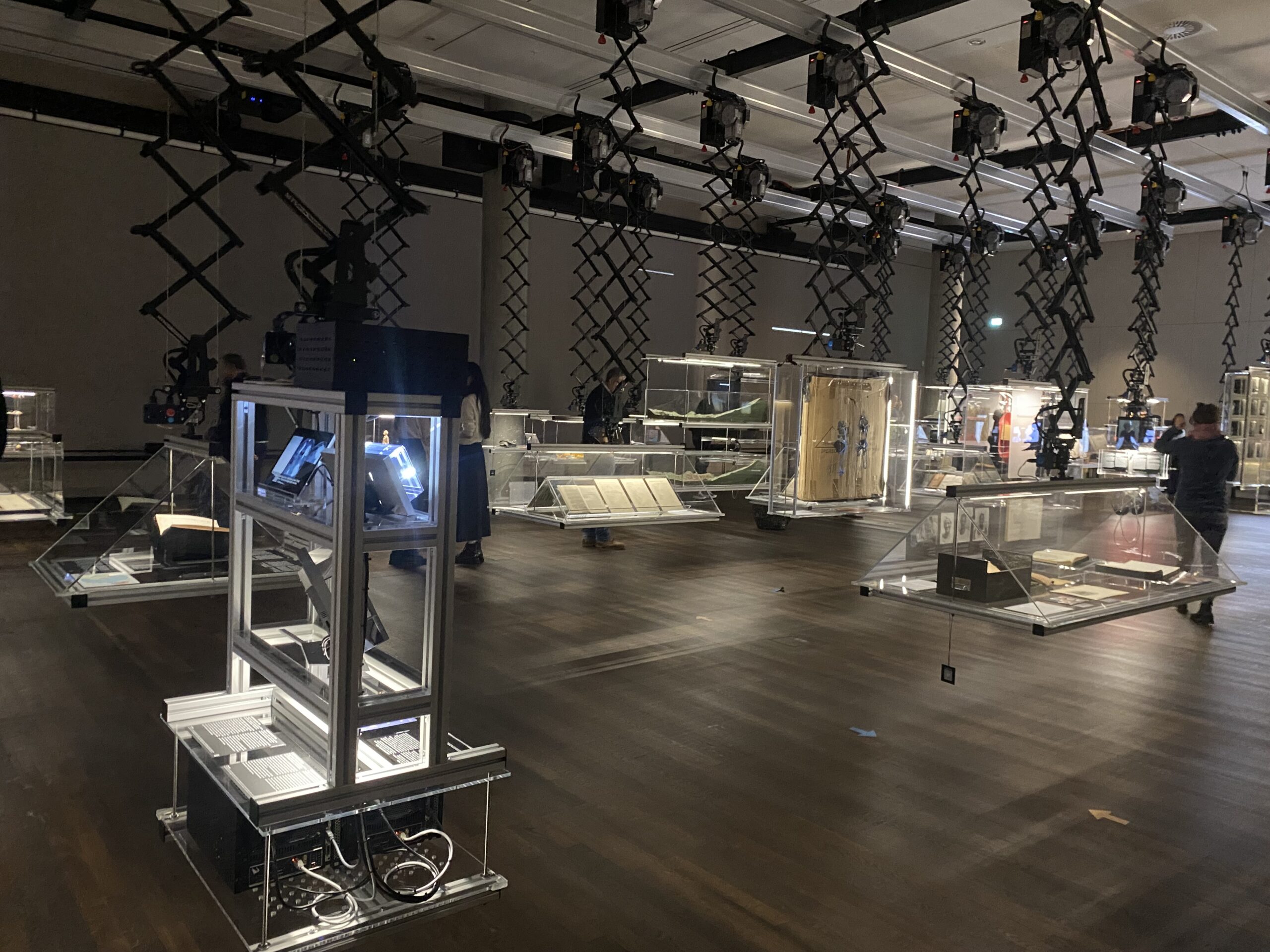
My favorite displays within Nach die Natur
The one that caught my attention was the Cluster of Excellence Neuro Care. It stated that we are studying certain fish brains to discover a cure to Parkinson’s disease. Another video was describing how students are studying different types of matter within fungi to discover a new stronger building material.
The second and more lengthy section of the Nach die Natur exhibit uses objects to help explain a deeper level of understanding. The objects ranged broadly from scientific evidence to social demonstrations. I enjoyed the Adaptive Digital Twin, showing a holographic model of a human brain that helps for MRI scanning. Also, the Let There Be Light display explains how model receptors in our brains respond to light without having eyes. It shows how proteins work together to trigger vision, potentially leading to a way allowing blind people to see.
The Canister Masks display is an ironic plastic African tribal mask used to represent the exploitation of European countries in poor African nations. There are loads of political statement displays that are mixed in with many scientific observations and experiments. The exhibit does a fantastic job covering various educational studies.
The Bunker Museum
The Bunker Museum is an emotionally intense immersive museum. It is another cheap Berlin museum, as entry tickets cost €12 (€6 for students). An audio guide is also included in the price for entrance. The museum has more than 30 rooms, taking you through an extensive timeline of Adolf Hitler’s life. This museum is long, so consider giving yourself at least 2 hours to thoroughly experience it. It supports the fact that Hitler was the reason behind Germany’s dark recent history.
The museum was created in an old bunker that was meant to house Hitler, creating an authentic and dark atmosphere and there are more than 35 rooms in total. It starts by explaining the different groups that were oppressed by Hitler’s Nazi Germany. You will go downstairs, where it takes you through the early childhood of Hitler. The timeline progresses until around the 1930s, where the museum turns into more Nazi-centric and explains political figures associated with Hitler, the Jewish massacres, and the German public perceptions.
Towards the end, the museum describes Hitler’s suicide by recreating the room in which it was committed. After, you will be taken through the transition that Germany has gone through after the grip of Hitler’s Nazi Germany. Due to the dark images, you are not allowed to take pictures in the museum.
German Resistance Museum
The German Resistance Museum is a free museum in Berlin describing the people that resisted the socialist Nazi regime. It is a testament to the various individuals and groups that attempted to liberate the German people. The museum has loads of information, so give yourself more than an hour to read through all the exhibitions. It is organized into sections based on groups formed and events that occurred during and before WWII.
The Kreisau Circle
One room that struck me was the Kreisau Circle exhibition. The group was formed during WWII with the goal of establishing law and logistics on implementing a democratic system for the post-Nazi era. One room in the museum gives a detailed background into the leaders of the Kreisau Circle’s leaders, Freya and James Grafin Moltke. Unfortunately, most all the circle’s plans were never implemented due to the Gestapo secret police, who discovered their activities in early 1944.
The Attempted Assassination of Hitler
The most well-known exhibit in the museum is the section detailing the attempted coup of July 20th, 1944 (also known as Operation Valkyrie). The coup was an attempt to kill Adolf Hitler from a bomb that was planted in a suitcase in his conference room. Operation Valkyrie failed because someone moved the suitcase unexpectedly, and the blast was not strong enough to penetrate the large, oak table that the bomb sat under. Hitler got away unscathed, and everyone who was suspected of being involved in the assassination attempt was executed.
Overall, the museum highlights some interesting events that you likely have never heard of before. It is unique, as it explains a more hopeful side to recent German history. Most of the events described are overshadowed by the dark events of the Nazis, so it is refreshing to hear a different point of view.
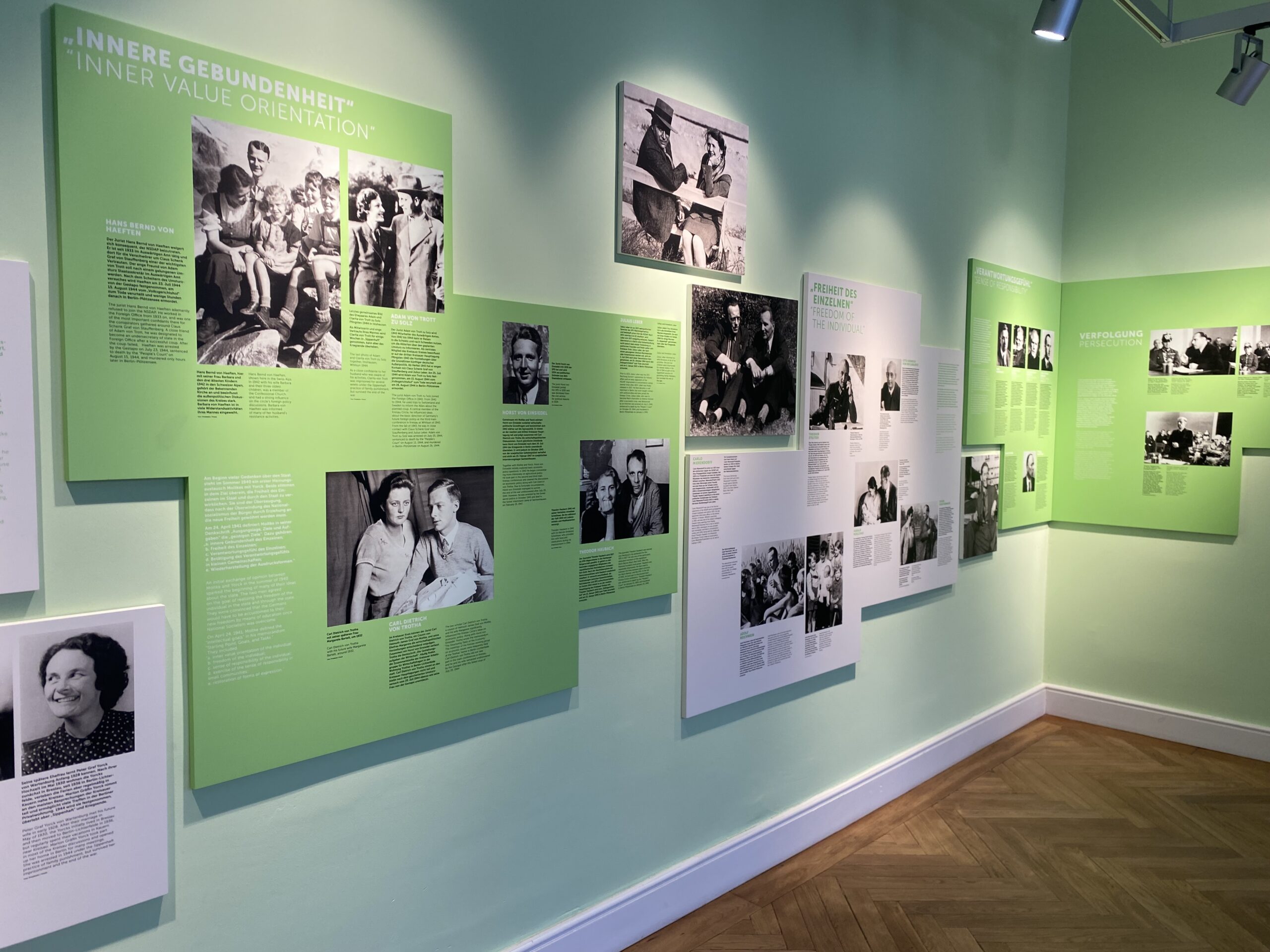
Roads not Taken Exhibit (Deutches Historisches Museum)
The Deutches Historisches Museum’s permanent exhibits are currently closed until further notice, but the building still hosts some temporary exhibits, including the Roads Not Taken exhibition. The cheap Berlin museum is €6, but only €3 for students. The museum will take you about an hour and a half.
The exhibition starts in 1848 when democracy in current day Germany was being adopted. The museum is a theoretic history museum of how things could have panned out for Germany, and the rest of the world, if certain decisions were made differently. The exhibit highlights pivotal moments in the country’s history. It is at times highly spectacle, but realistic and factually backed.
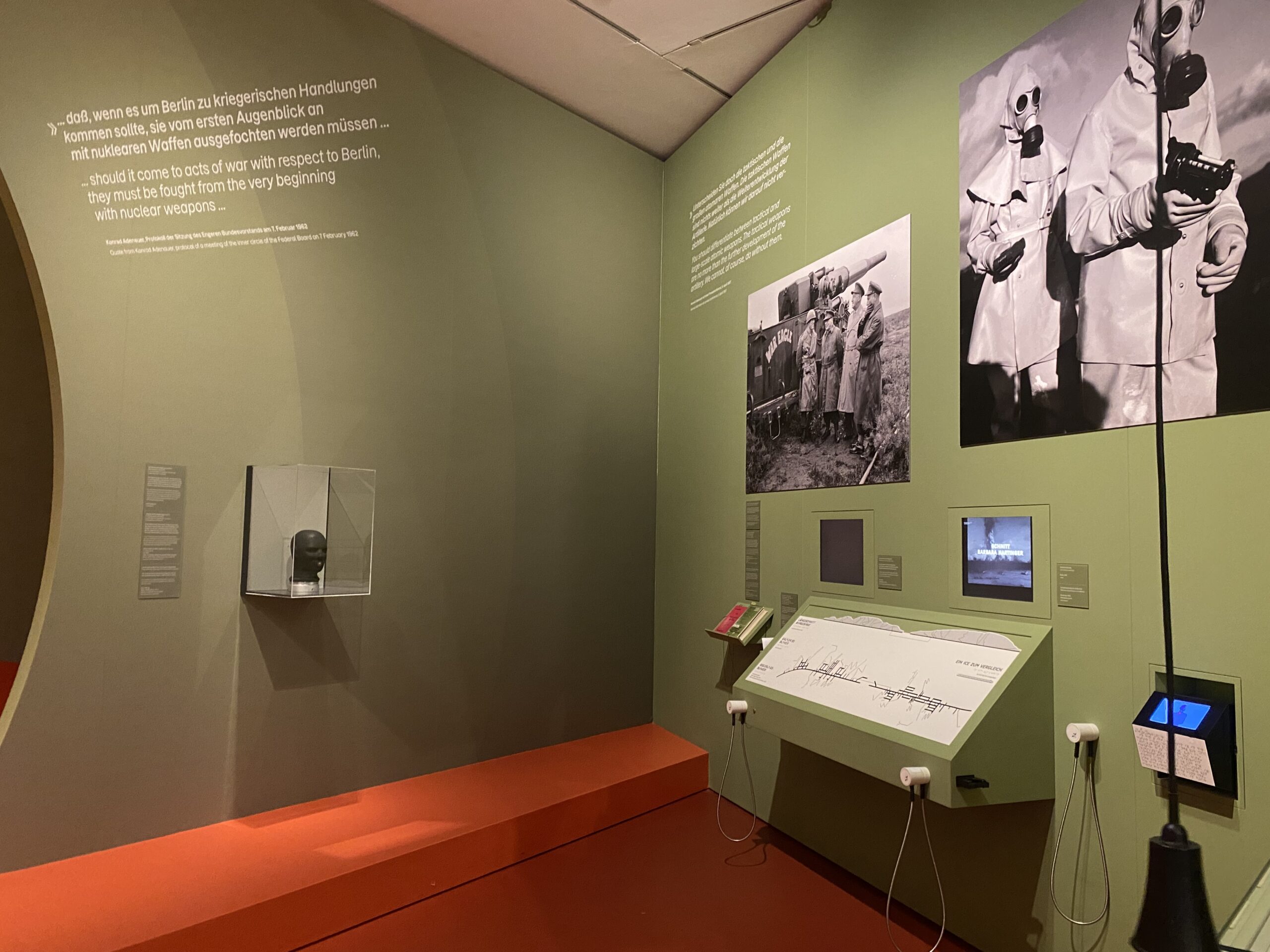
American Nuclear Threat
One section that was interesting to me was the American nuclear threat. Apparently, the United States was planning a nuclear weapon on Germany to end WWII in 1945. Subsequently, the US chose not to do this because of a failed German attempt to destroy a key bridge over the Rhine River. Since US troops were able to advance by foot, they were able to capture German territory without the use of a nuclear weapon. The section poses the question: what if the Rhine bridge was destroyed, forcing the Americans into a harder decision?
1936 German Occupation of the Rhineland
I also enjoyed the 1936 German Occupation of the Rhineland display. After WWI, Germany agreed to de-militarize in the neutral Rhineland zone that separated French and German troops. In the wake of WWII, Hitler ordered the German military into this zone, breaking an agreement and gaining public support. Shortly before, Italy invades Ethiopia, breaking a pact between France, England, and Italy. With rising tensions, Hitler took advantage of a perfect opportunity. The exhibit poses the question whether Germany would have made this offensive move had Italy not made the Allied forces upset first.
The East Side Gallery
The East Side Gallery is one of the first places that you will want to visit as a tourist in Berlin. The famous Berlin wall fell in 1989. Immediately following the collapse, more than 100 artists from all over the world came to paint their creativity on the wall. The pieces signify global unity, love, and peace throughout thew world.
The art can be seen along 1.3 km section of actual concrete slabs of the former wall. Because of its sheer length, it is actually the longest open-aired art gallery in the world. I recommend taking your time along the wall and spend about an hour and a half appreciating every bit of it. The walk will take you into fun parts of the city that you can explore after. It is an open-aired exhibit, so it is free of charge.
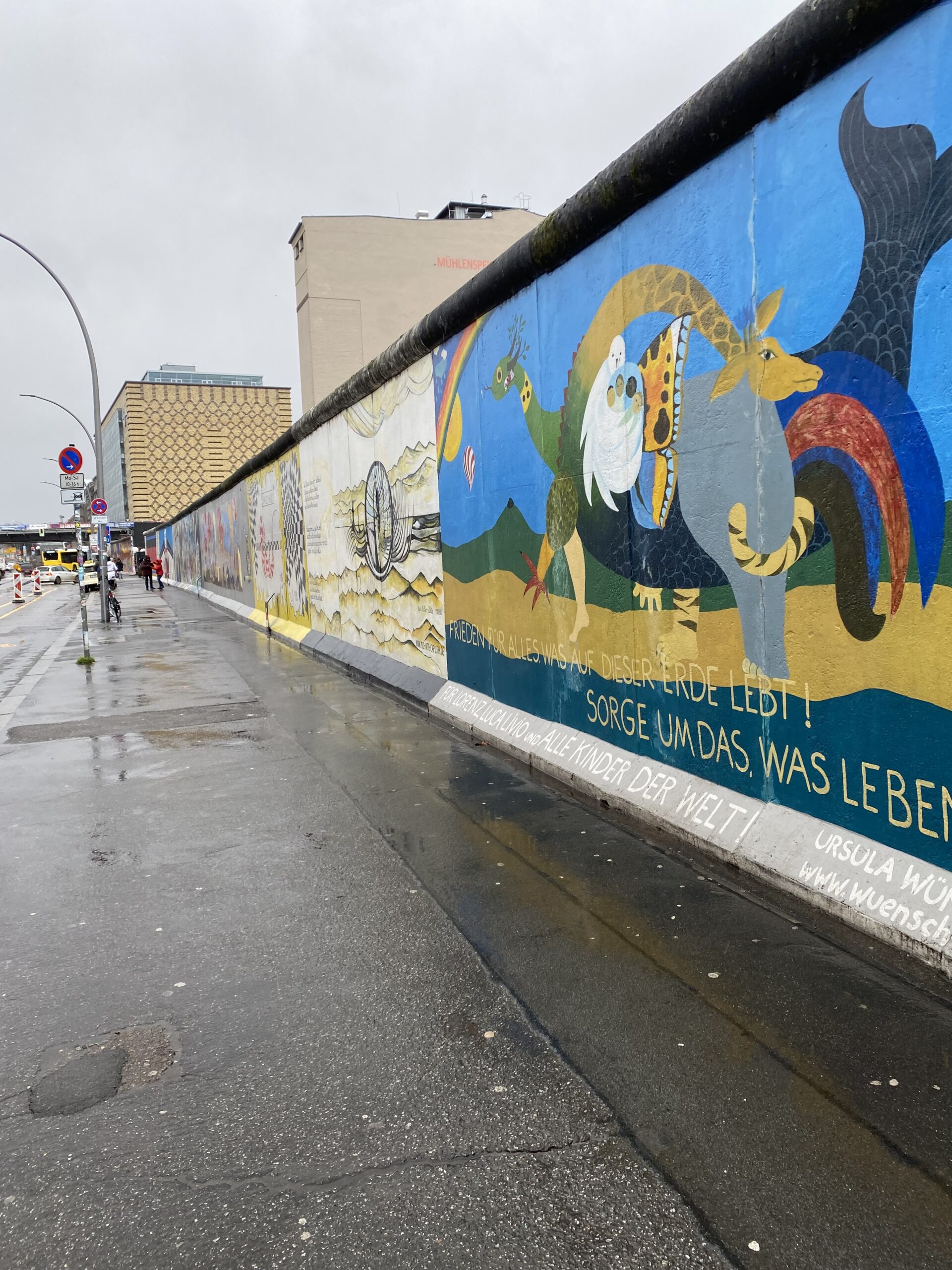
History Bubble: The Berlin Wall
The Berlin Wall was a physical barrier that separated East and West Berlin from 1961 to 1989, constructed by the communist government of East Germany to prevent its citizens from fleeing to the West. In the late 1980s, popular uprisings against the communist governments of Eastern Europe led to a wave of reforms and the eventual collapse of the Soviet Union’s control over the region.
On November 9, 1989, the East German government announced that its citizens were free to travel to the West, effectively opening the Berlin Wall. The fall of the Berlin Wall marked a symbolic end to the Cold War and paved the way for the reunification of Germany, which was officially completed on October 3, 1990.
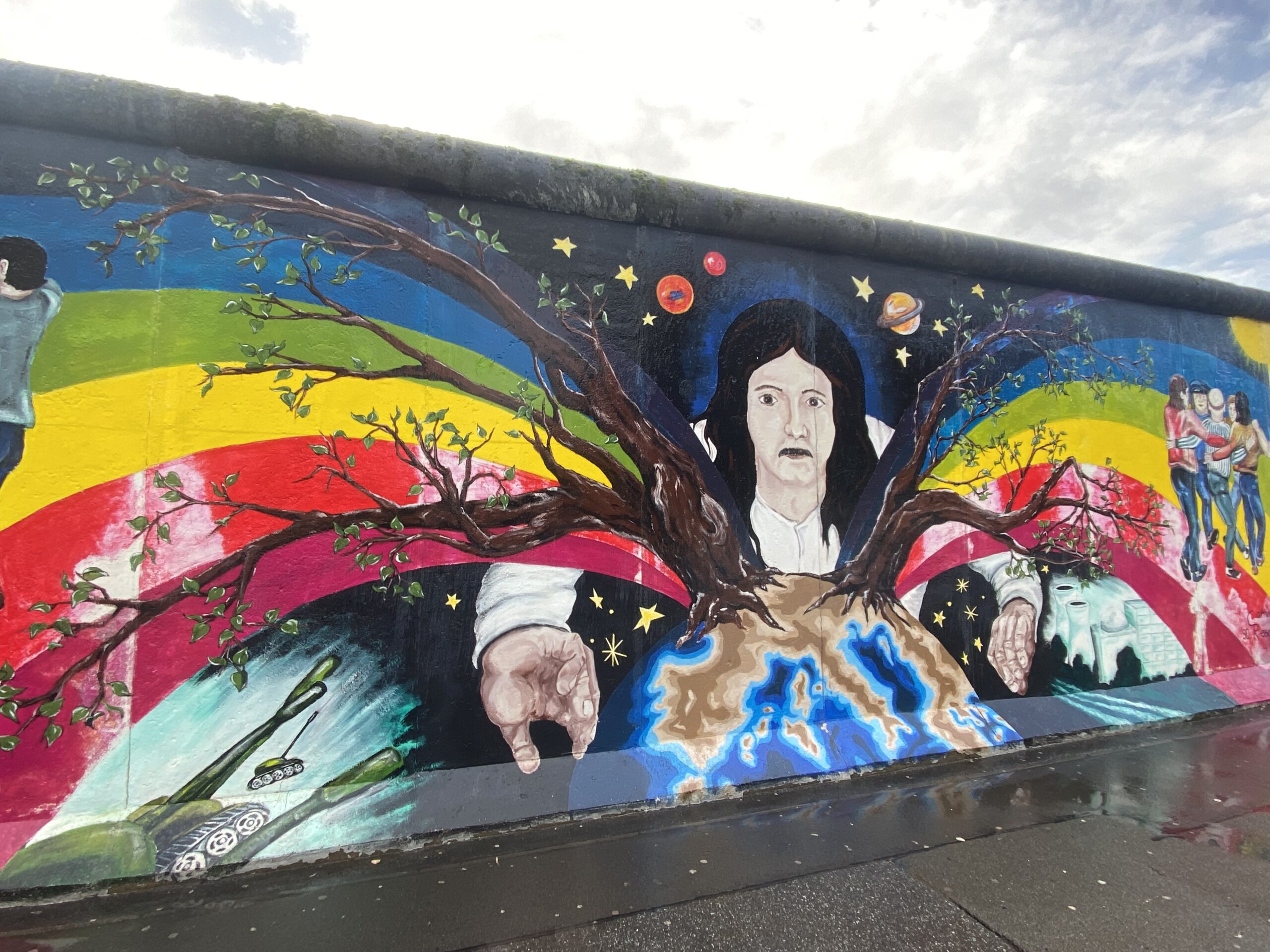
The Pergamon Museum
The Pergamon Museum is Berlin’s most famous museum. It is a collection of ancient artifacts focused on current day Iraq, Syria, and Turkey, Inda, Central Asia, Northern African and Mediterranean countries. Germany’s close historical ties between Austria and the Ottoman Empire allowed the museum to collect an extensive list of rare artifacts. The ground floor focuses on collections from the ancient near east and the upstairs takes you through the history of Islamic cultures.
The museum costs €12 or €6 reduced. I recommend spending at least 2 hours here. For this museum, you must buy your ticket online, as it is a timed entry system.
This museum had tons to it, so I made a list of some highlights that I found interesting that you should check out!
James Simon Gallery
The James Simon Gallery is the first room go through when you enter the museum. The purpose of the room is to display some of the most impressive large stone pieces that have been discovered in the past 100 years. Most of the gallery was destroyed in WWII, but with extensive effort, many of the objectes were recreated. My favorite display in the room were more than 200 ancient texts from Mesopotamia describing day-to-day life. There is also the massive Statue of Hadad, an ancient weather god.
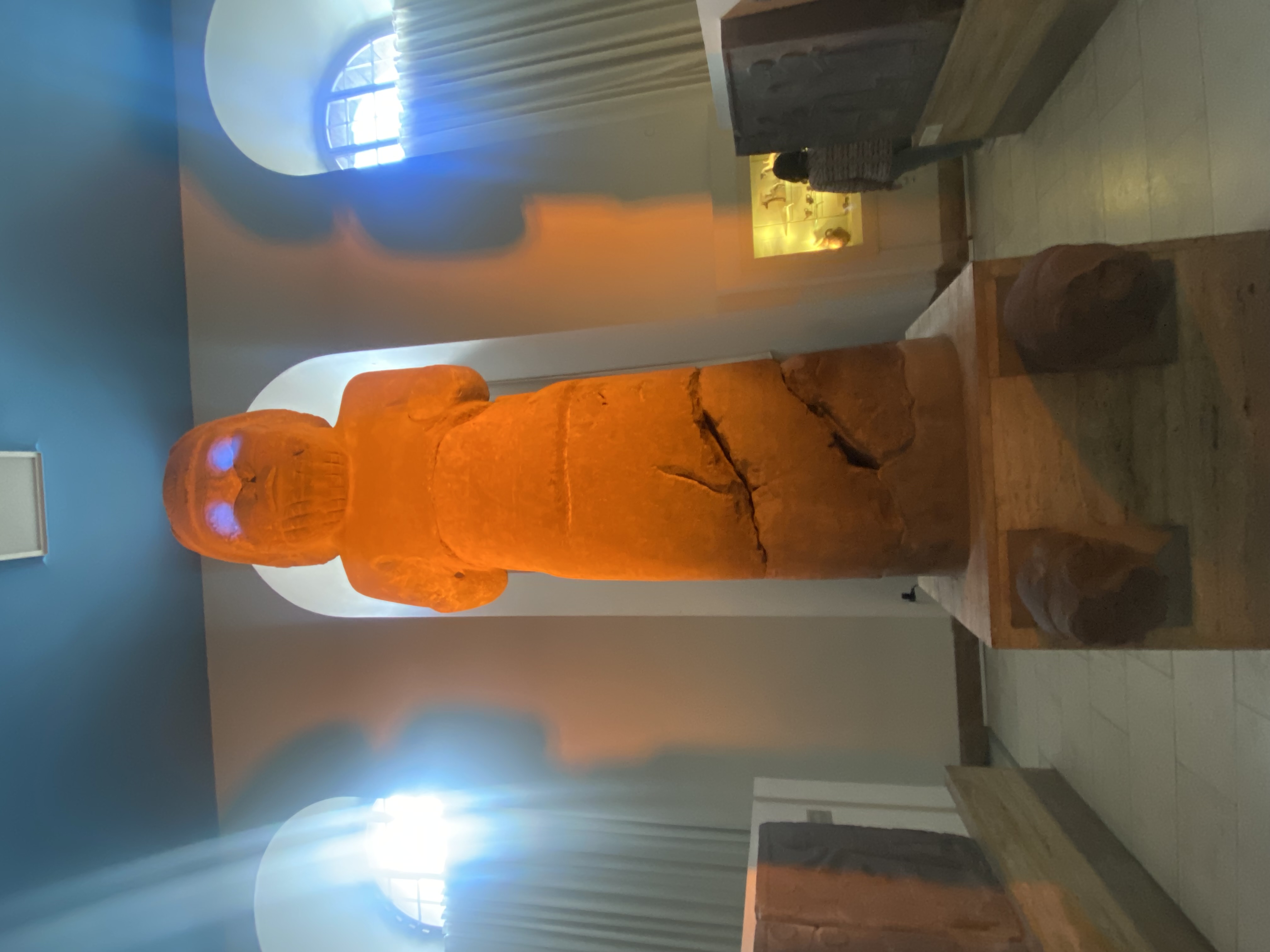
The Uruk Rooms
Uruk is the world’s most ancient (known) city. There is a 5000-year-old household that was discovered this is on display at the Pergamon. This old structure is amazing and highlights the information that our scientist can gather from just a few pieces of stones. There is also a ritual vase from the Uruk times that is on display in the exhibit.
History Bubble: Ancient city of Uruk
Uruk is an ancient city located in southern Mesopotamia, in what is now Iraq. The ruins of Uruk are situated near the present-day city of Warka, which is located about 93 miles southeast of Baghdad.
Uruk was one of the most important cities of ancient Mesopotamia, and it was an important center of political, economic, and cultural activity during the Sumerian period (c. 4000–2000 BCE). The city was known for its impressive architecture, including the famous ziggurat known as the Eanna Temple, as well as for its extensive system of canals and other infrastructure.
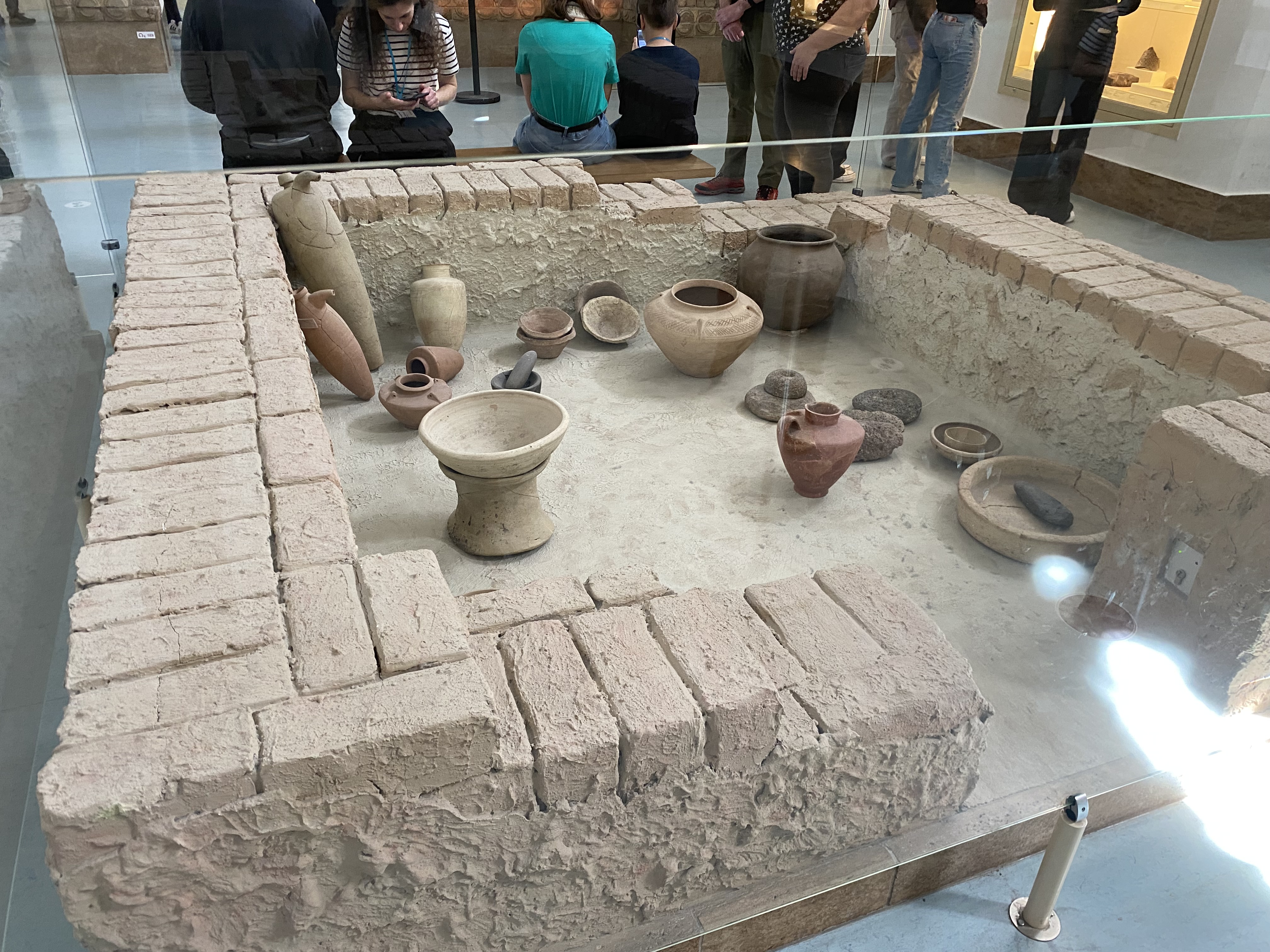
Roman Market Gates
The largest display in the museum is the market gate that was recreated from 100 AD. In ancient Rome, markets were the center of all trade, commerce, and life in a town. The gate was moved from the ancient town of Miletus to the Pergamon museum. Another cool feature is the Orpheus Mosaic, a typical dining room tile art display from a wealthy Roman home. I cannot wrap my head around how exactly they managed to move this structure across the world, but it makes the display that much more impressive.
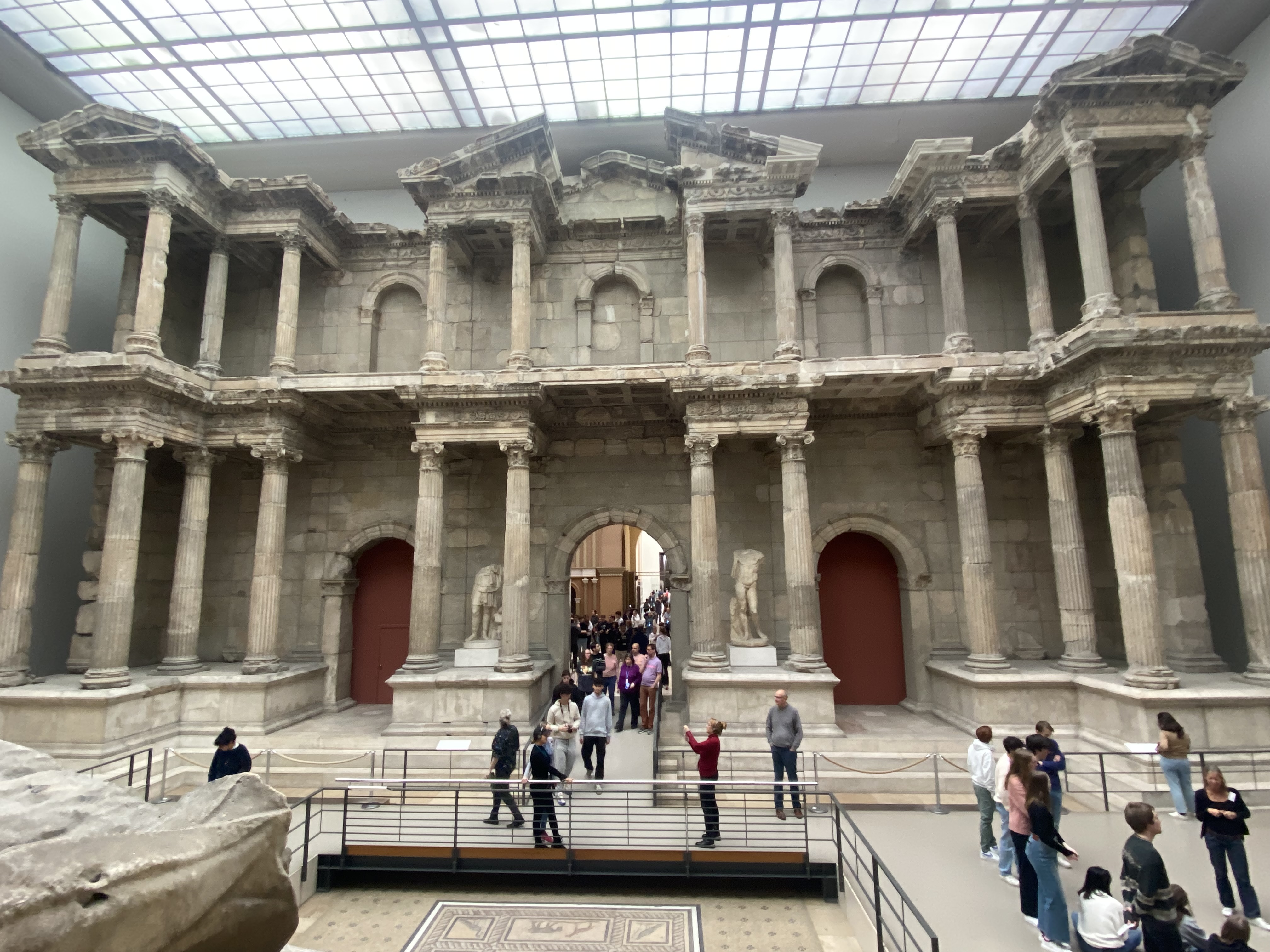
Islamic Cultures
The entire first floor is dedicated to a timeline of Islamic history. The exhibit starts at the founding of Islam in the 7th century. It is decorated in artifacts with bold colors and intricate designs. In Islamic art there are no depictions of living things, so all the artwork is done through design and writings.
I enjoyed the installation showing some old wallpaper found inside the home from Samarra, the former capital of the Islamic world founded in year 836. Samarra flourished in this time period, as it sat on the Silk Road, allowing them to import lavished goods from China like pottery and jewelry. The advancement of wealth was a product of their growth in science and medicine.
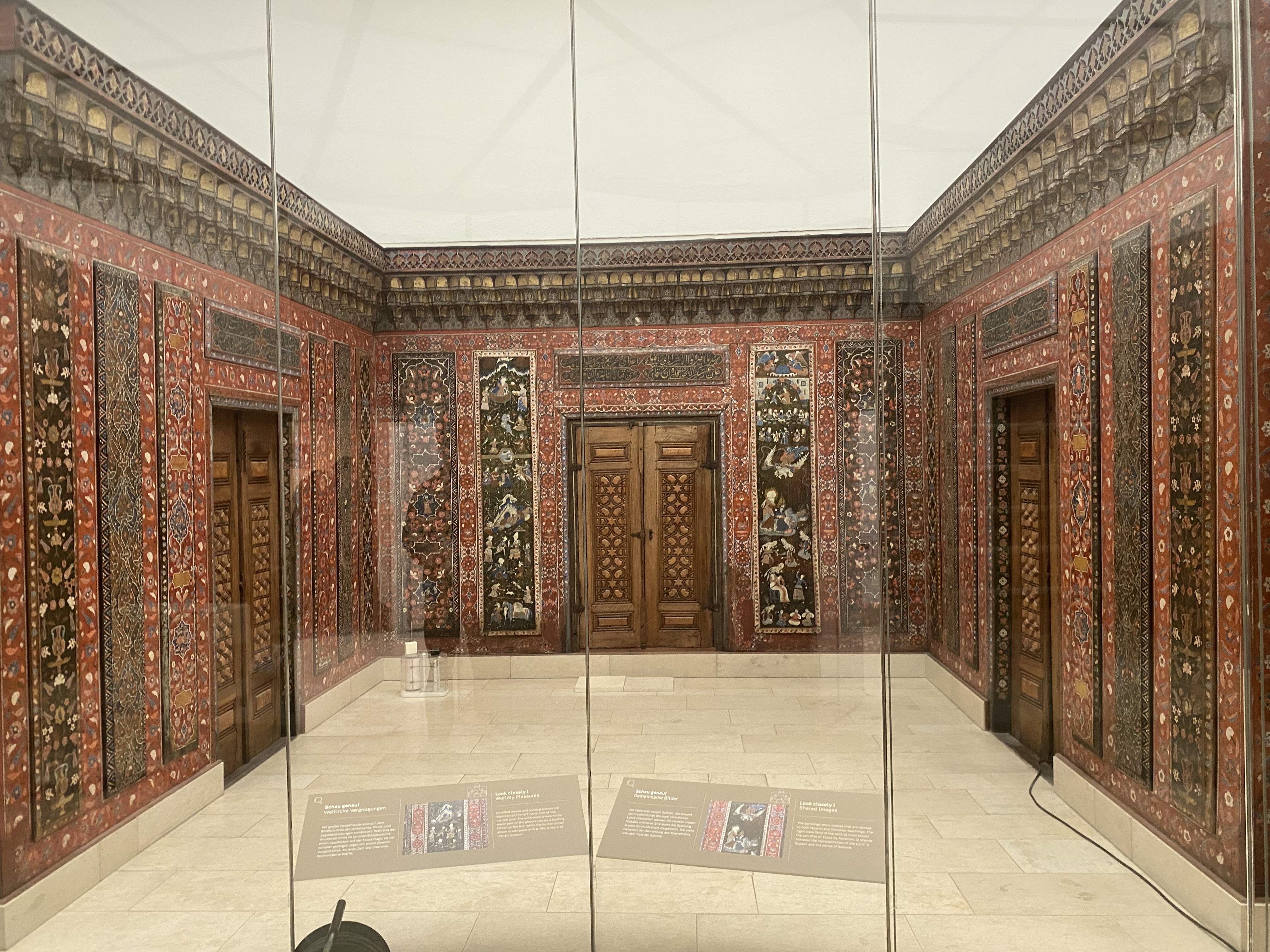
Futurium Museum
The Futurium is the best free museum in Berlin for science lovers. It is a thought provoking and organized museum that makes you question society structures with regard towards a sustainable future. Topics that are covered in the museum are sustainable energy, durable alternatives to steel and concrete, circular economics models, the future of vaccinations, and even a robot.
The museum starts on the first floor, where you will receive a wristband that will track your activity. Throughout the exhibits, you will be asked to make decisions on your own behalf, and on the natural world. When you finish, you will walk up the spiral staircase to the second floor. Here, you will deposit your wristband and receive a notecard evaluating your decisions and comparing you to other visitors.
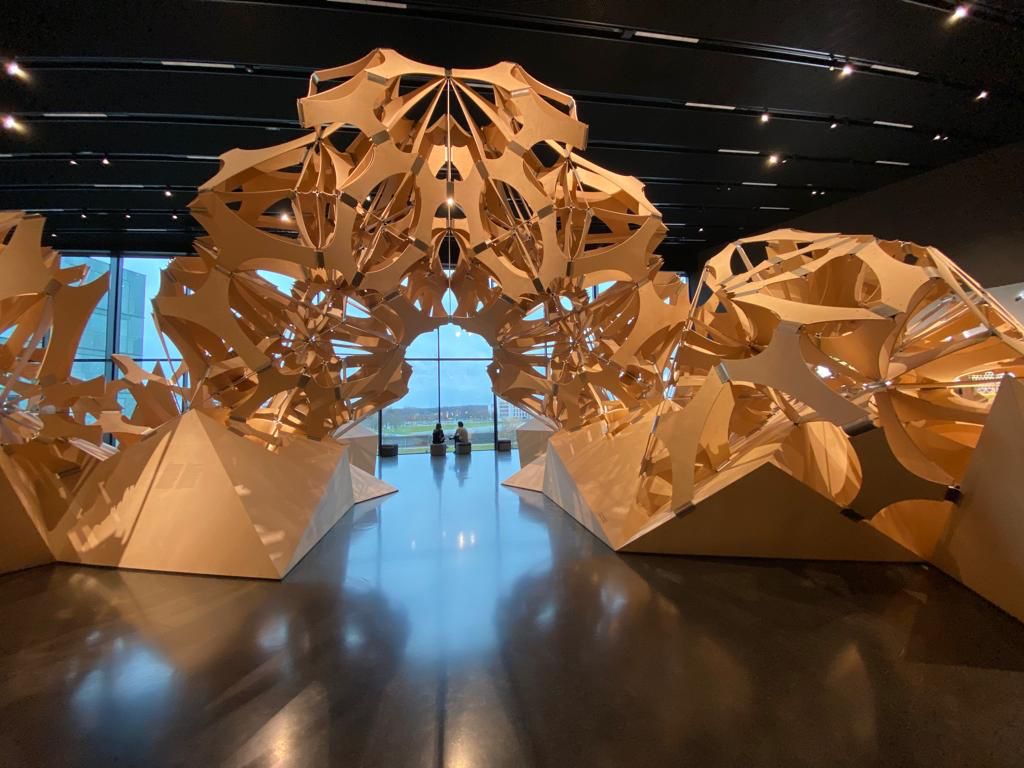
Urban Nation
Urban Nation is an interesting free art museum located in the Schonenberg neighborhood. The museum is a politically-driven art installation with topics like media influences, immigration, peace, and personal freedom. The use of pop-culture in this temporary art museum is controversial, but entertaining.
I enjoyed the “deepfake” commercial, showing faces of famous people saying things on an interview that would normally get them cancelled. The crazy thing is, you cannot tell that it is actually a fake video. As entertaining as it is scary, this is a must-see thing at Urban Nation.
Overall, Urban Nation is a fun art museum to visit in Berlin. Spend about an hour through the exhibits with an open mind.
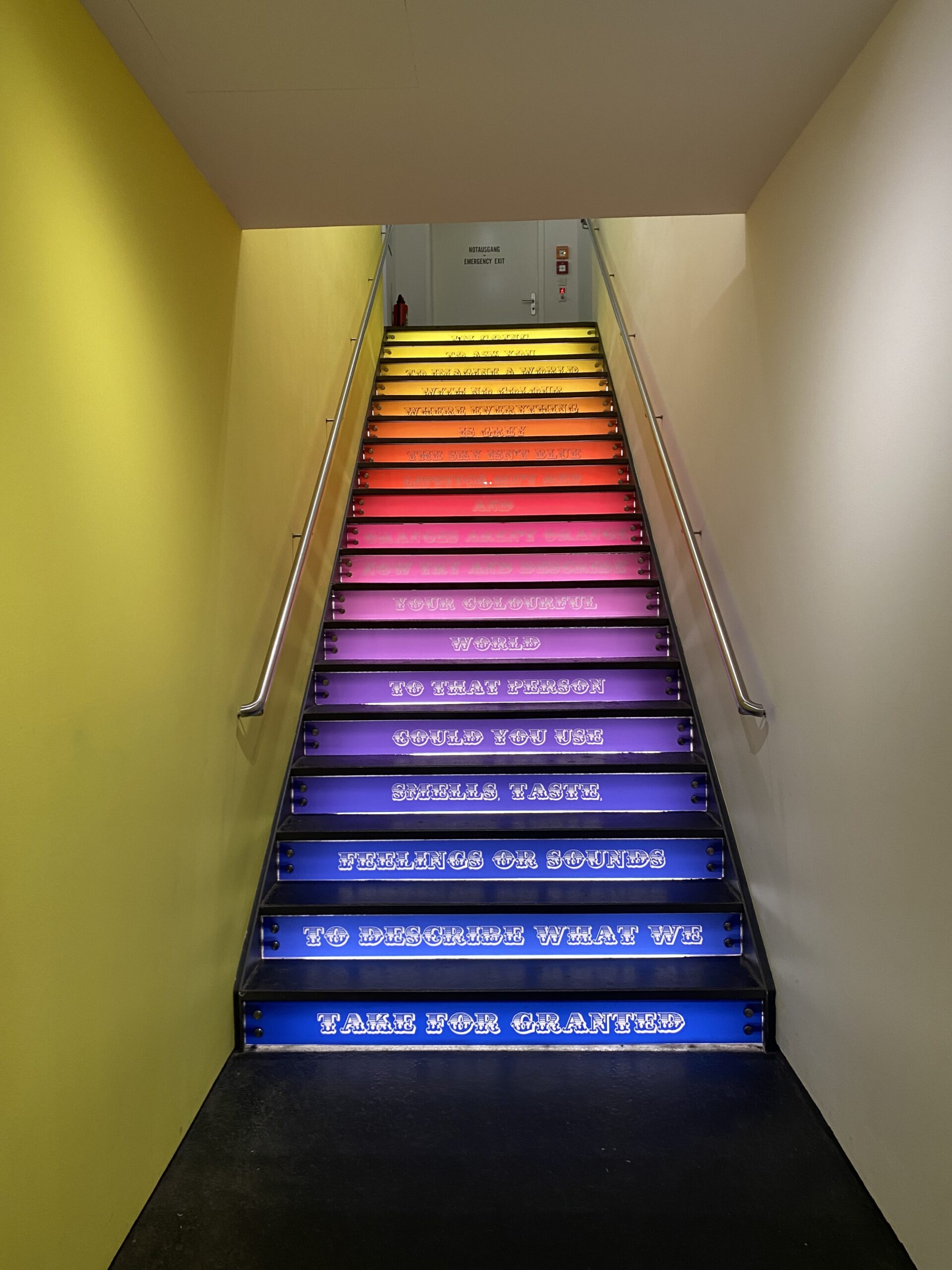
Topography of Terror
Topography of Terror is one of the most popular free museums in Berlin. The eye-opening museum has 2 parts: outdoor and indoor. If you do not know much about the history of the Nazi regime, spend about an hour in the outdoor section, as it takes you through a timeline of the rise of the Nazis.
Once inside, spend more than an hour reading through the terrifying stories. Do not expect to feel very good after this chilling presentation. The museum is organized by time date, and by the country that was prosecuted. The museum acts as a testament and reminder to the world how dangerous a hateful socialist regime can be. The Topography of Terror will send you away sad, but aware of the horrific events that took place across Europe during and before WWII.
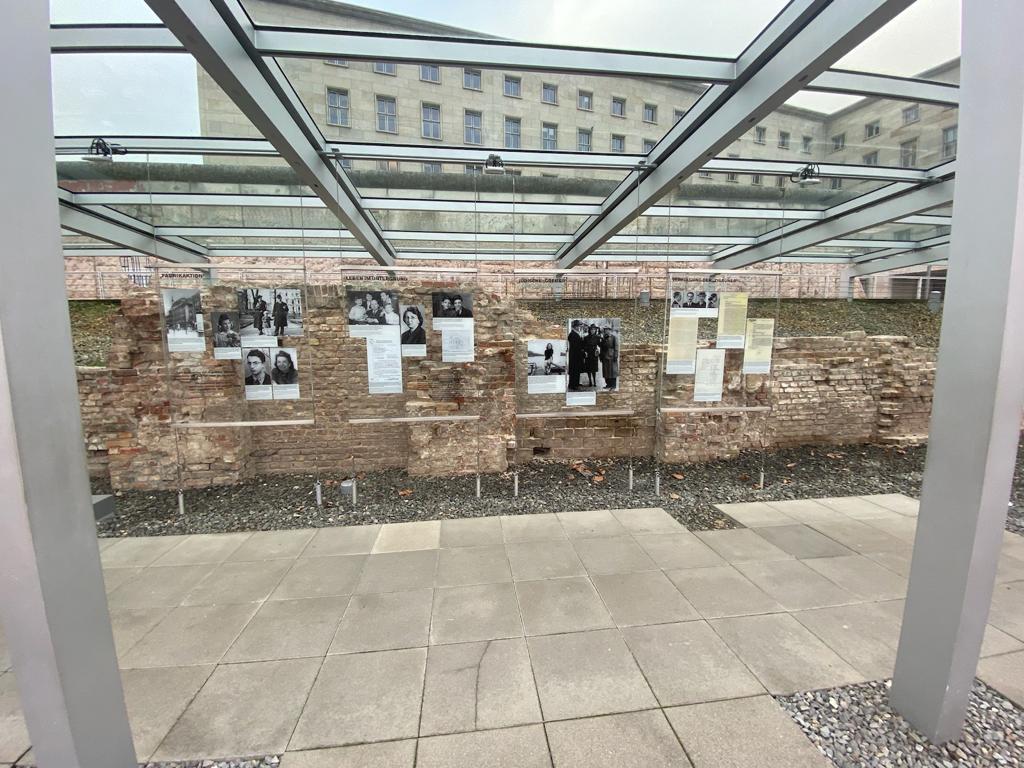
Conclusion
Berlin is a top destination for museum lovers. The German capital hosts some of the best free and cheap museums in the world. Because of the city’s turbulent recent history, there are loads of stories to learn. Berlin is a true modern-day creative centerpiece.
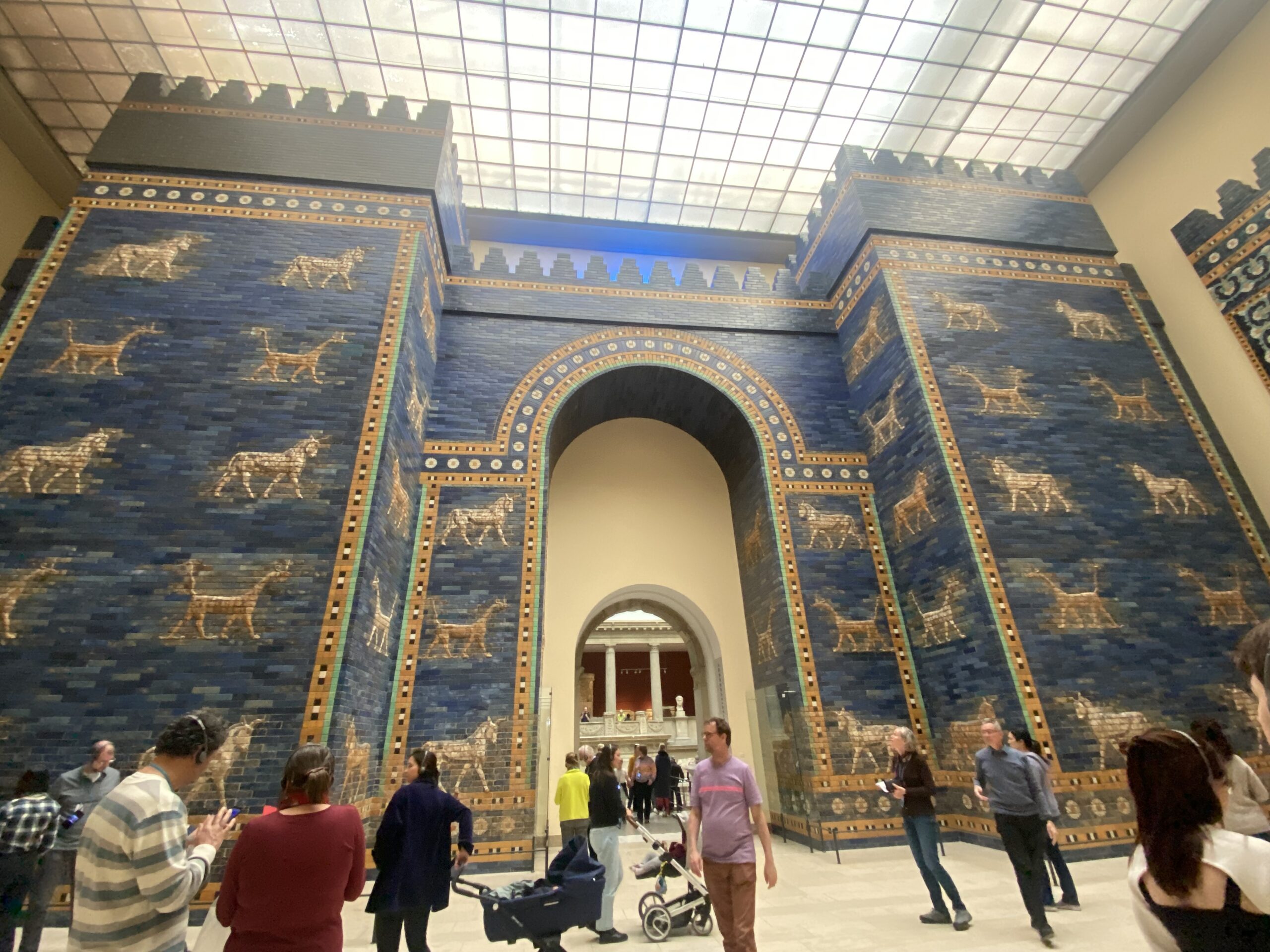
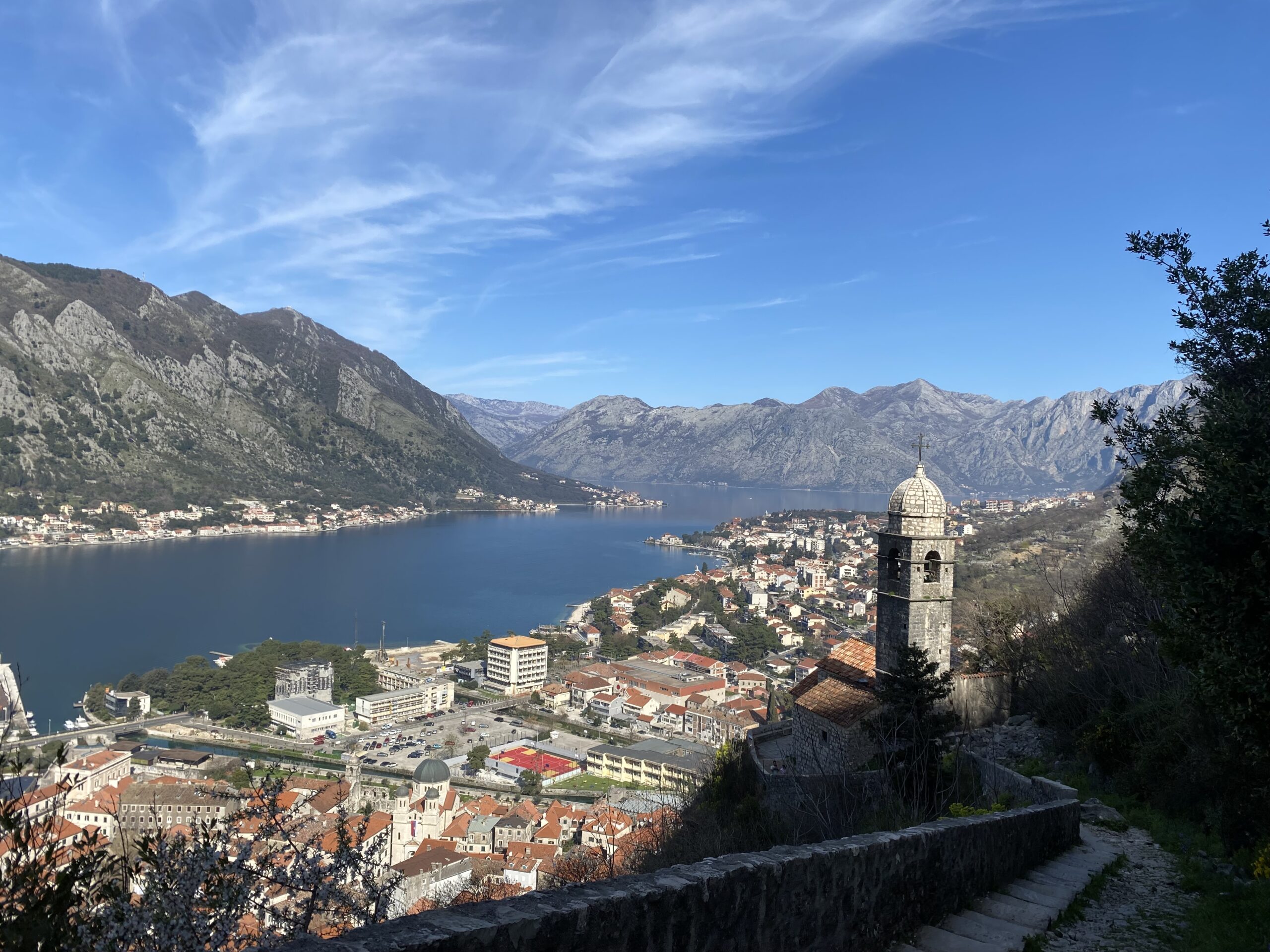
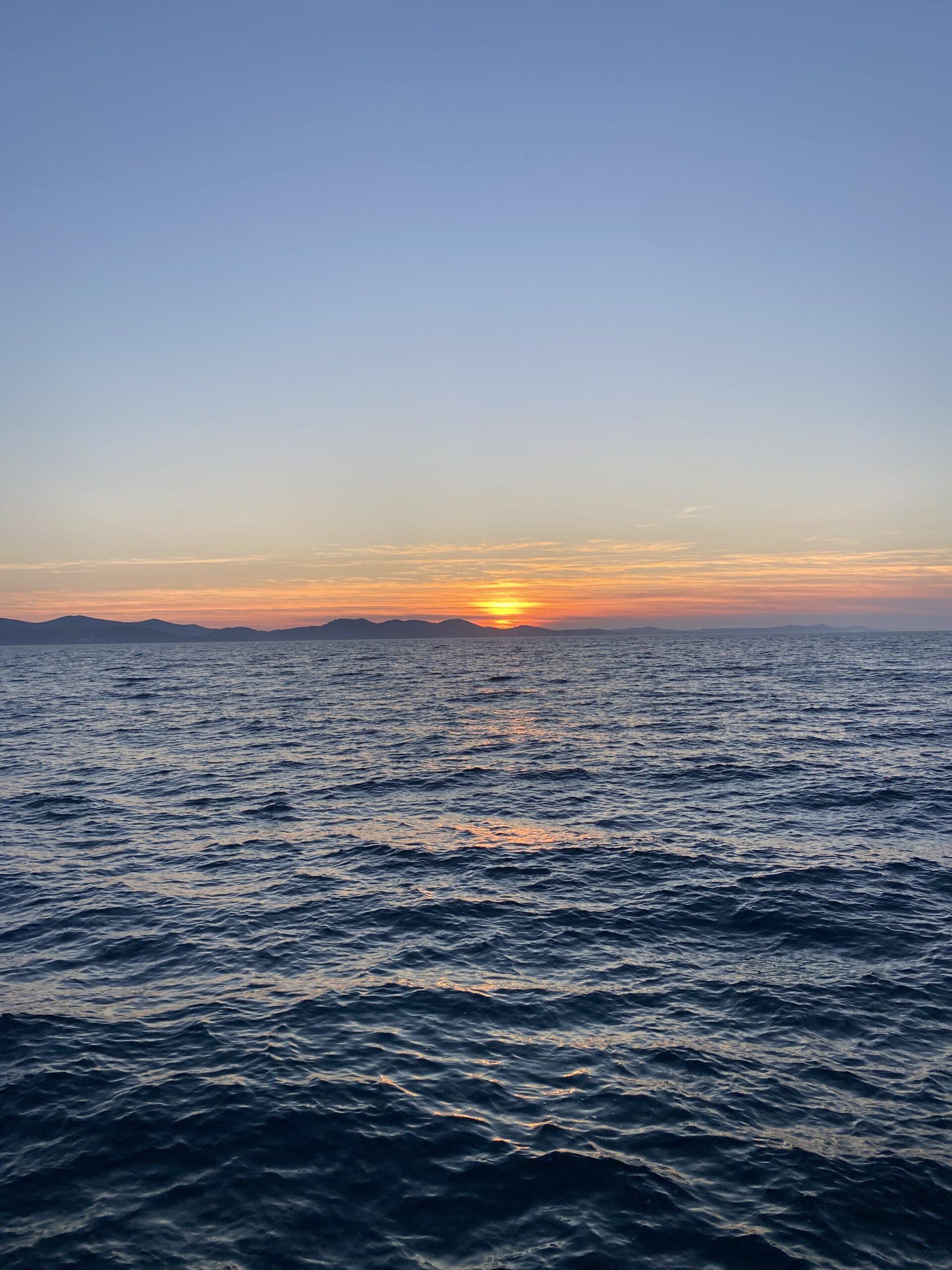

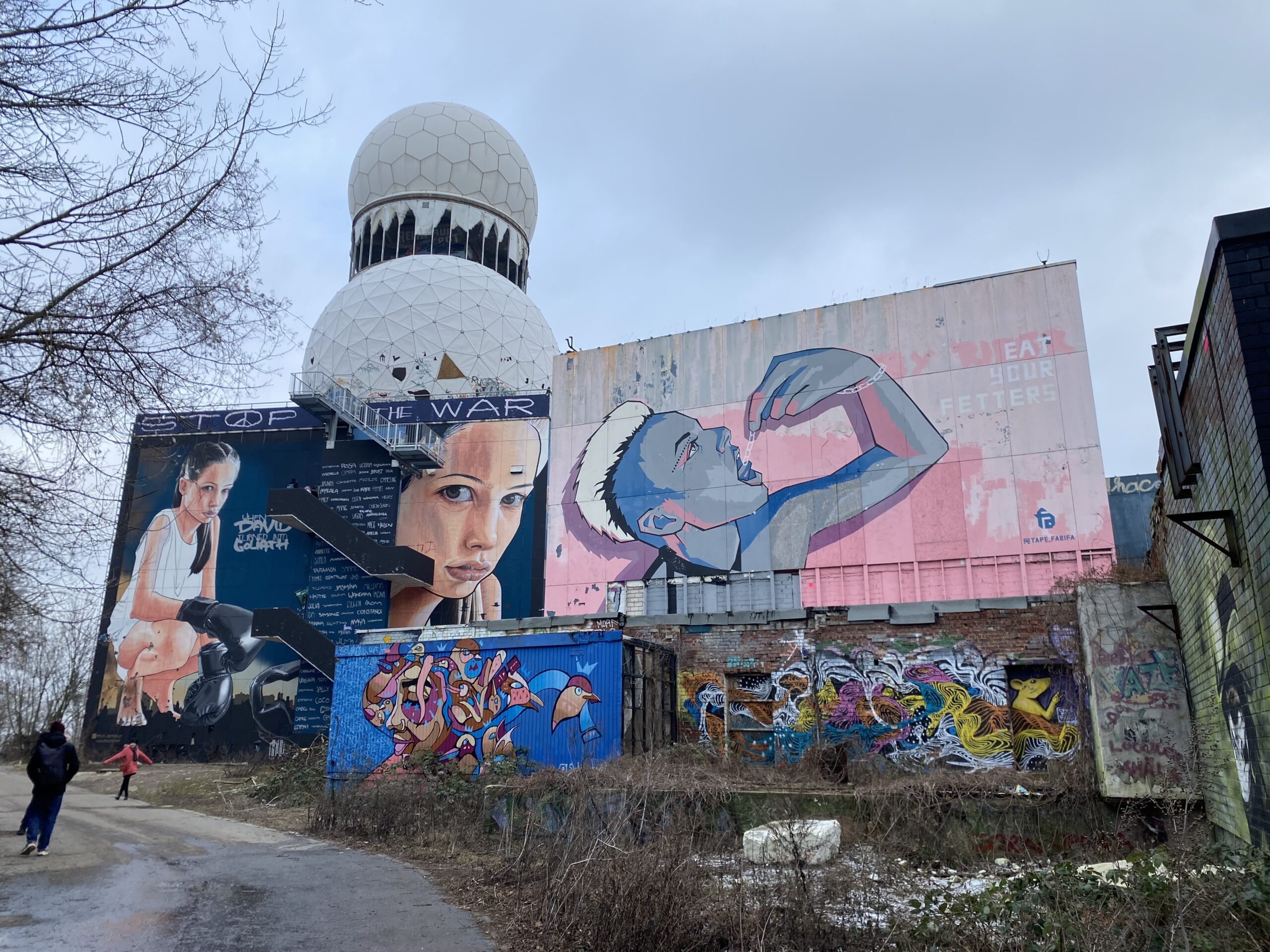
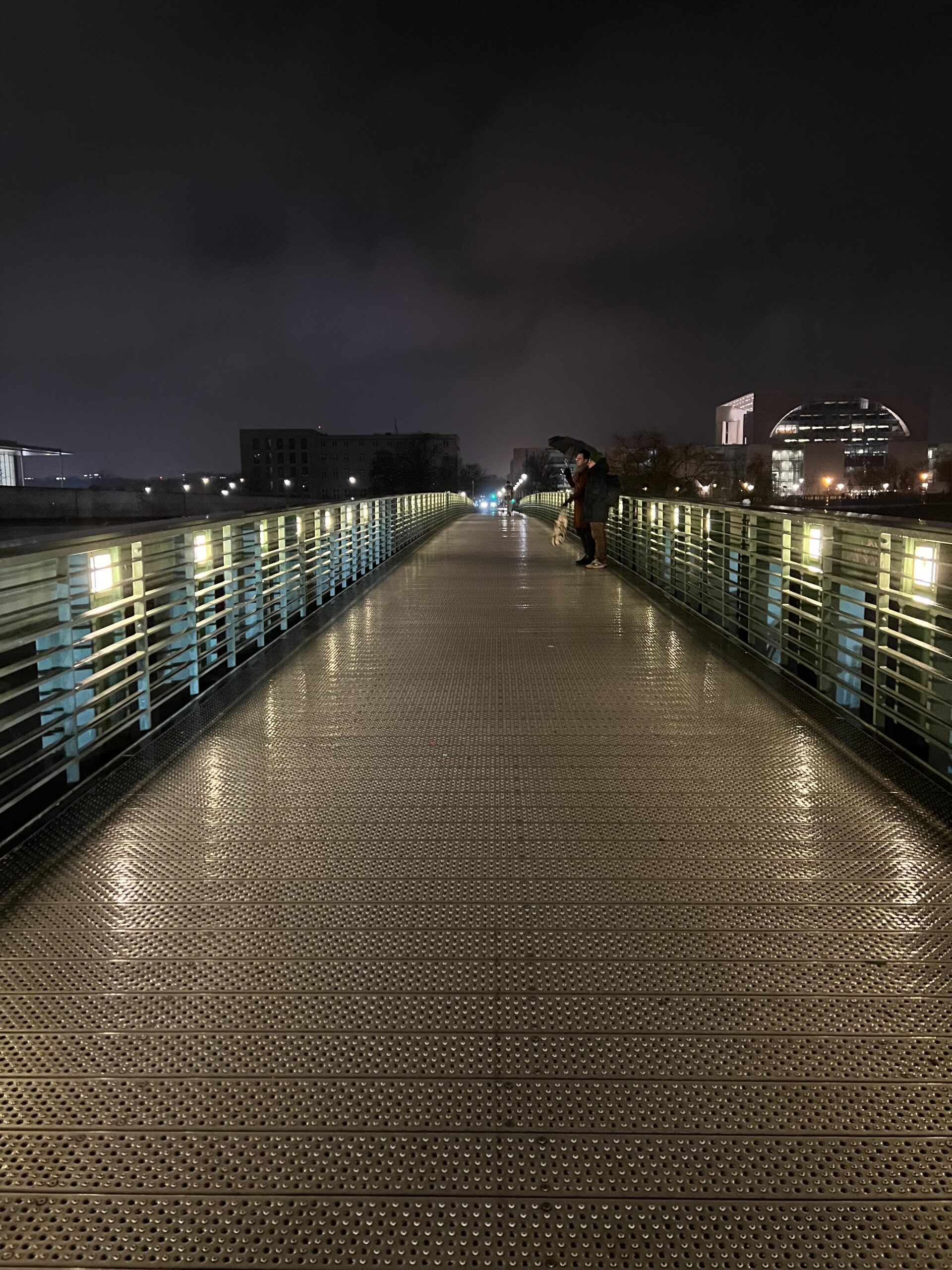
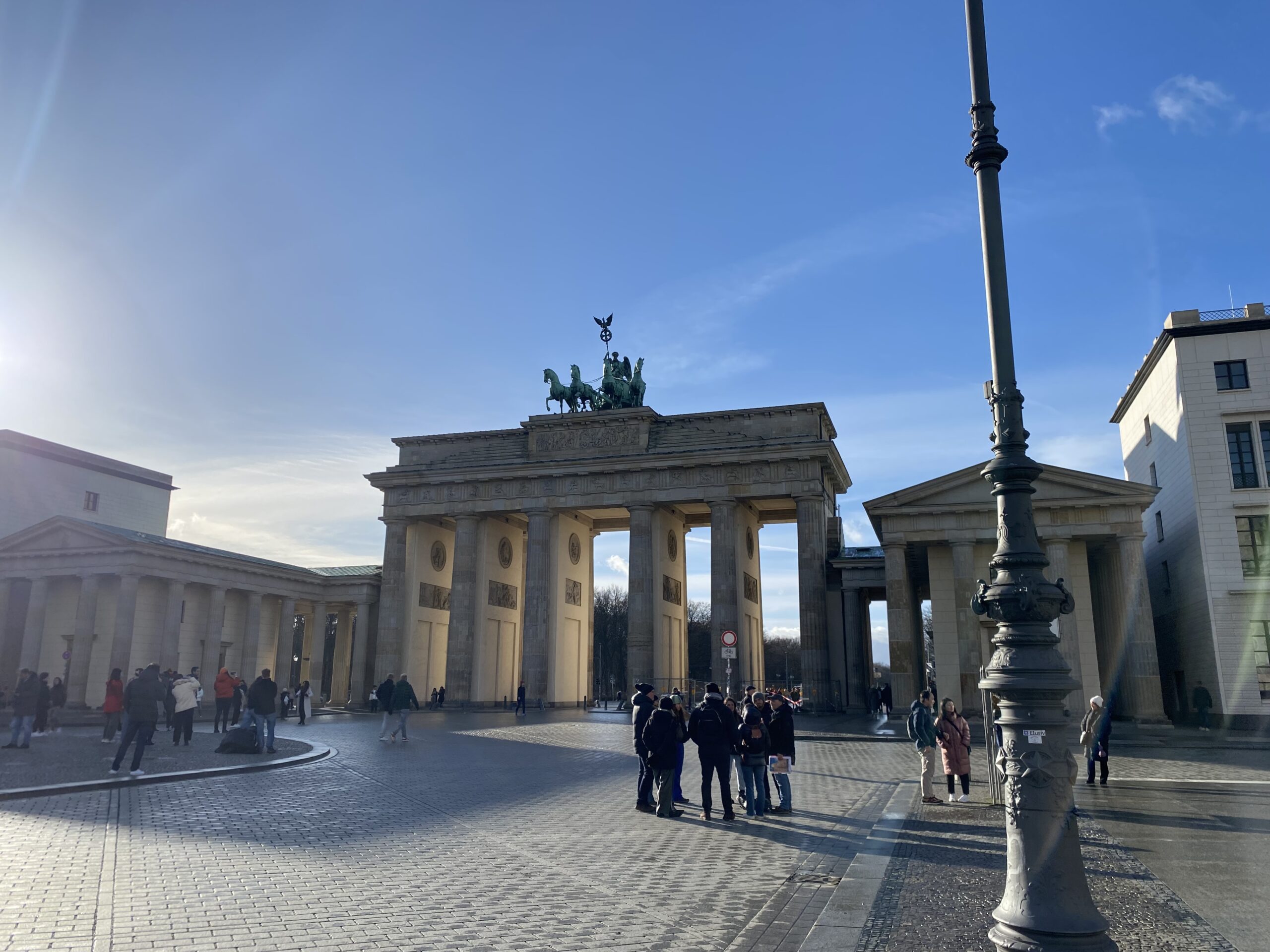
3 replies on “Top Cheap (and free) Museums in Berlin”
[…] During my 2 months in Berlin, I visited more than 20 museums. To help you find the best way to spend your time, I filtered my favorite museums and wrote my article on the Best Cheap (and Free) Museums in Berlin. […]
[…] of Berlin is obviously free, however I recommend checking out at least 1 museum along the way. The museums in Berlin are amazing, and quite affordable compared to other Western European capital […]
[…] are free of charge! To navigate this extensive list of exhibits, check out my article on the best cheap (and free) museums in […]